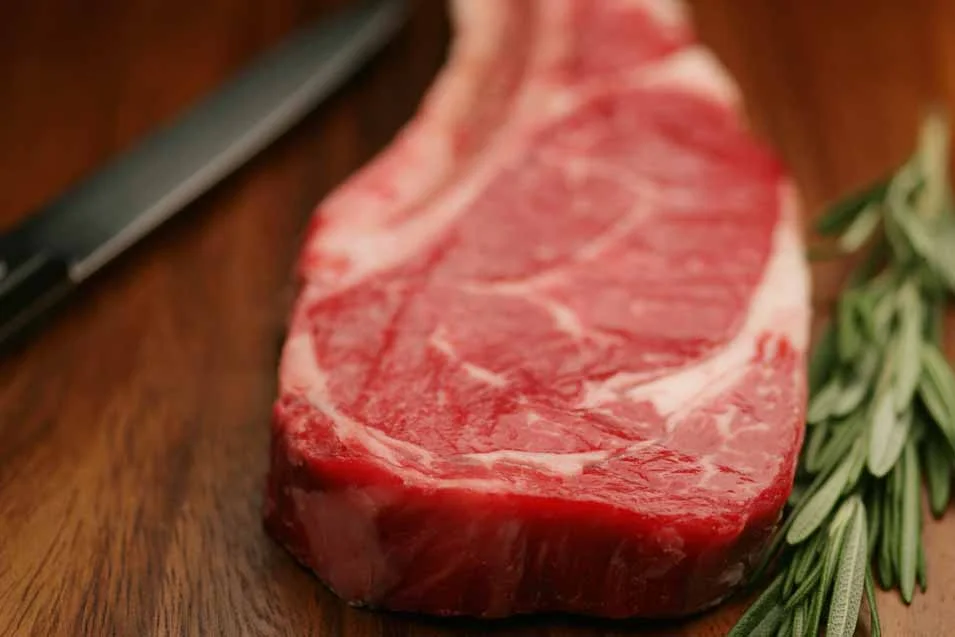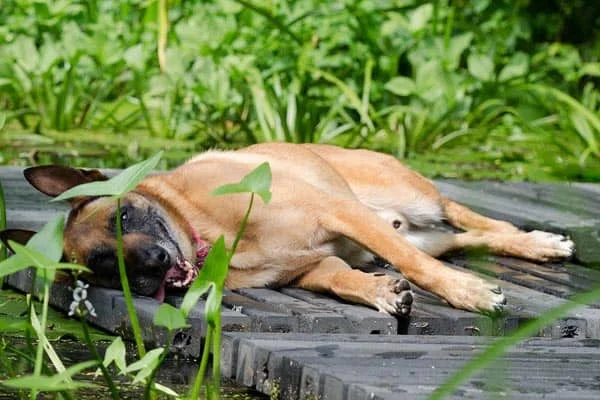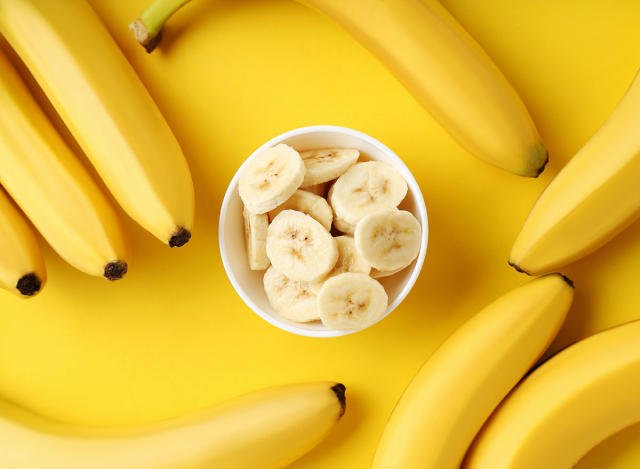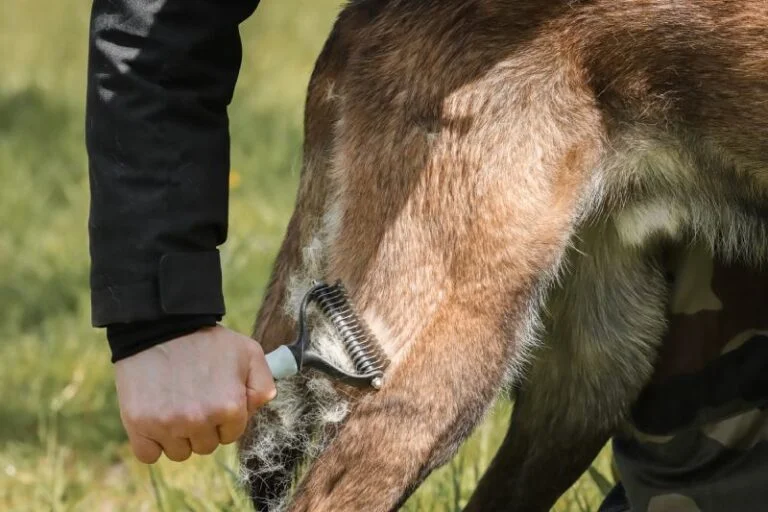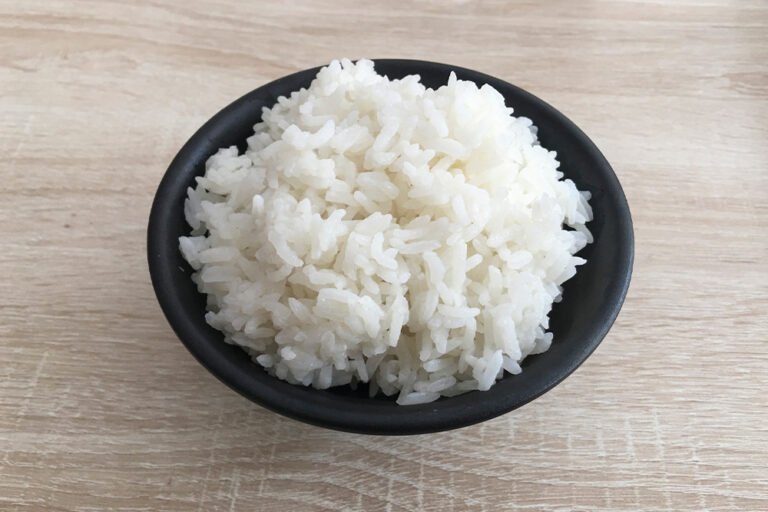Can Belgian Malinois Eat Raw Meat?
Can Belgian Malinois Eat Raw Meat? Exploring the Controversy. Dog nutrition is a constantly changing field, and giving dogs raw meat is one diet strategy that has gained popularity recently. Some people argue that it’s more in line with a dog’s natural diet, while others worry about possible health hazards. “Can Belgian Malinois eat raw meat?” is a common query among owners of the lively and energetic Belgian Malinois. This essay explores the topic in great detail and provides advice and thoughts regarding the raw beef controversy.
An Introduction to the Raw Meat Diet
Raw feeding, which mostly comprises of raw muscle meat, organ meat, and bones, is based on the idea that domesticated dogs should consume a diet akin to that of their wild predecessors.
A Raw Meat Diet’s Components
- The main ingredient, muscle meat, is frequently obtained from animals like turkey, chicken, lamb, or beef.
- Organ Meat: Nutrient-dense organs like the kidneys and liver provide energy.
- Bones: Ground or whole, bones are a source of calcium and other nutrients.
The Advantages of Eating Only Raw Meat for Belgian Malinois
The raw meat diet has many supporters, and among them are some advantages that Belgian Malinois owners may find very alluring.
Important Benefits
- Natural Nutrients: In their unaltered, natural state, vitamins and minerals can be found in raw food.
- Dental health: Rough bones can be chewed to help encourage healthier gums and less tartar.
- Enhanced Energy: The high protein content may help to explain the Belgian Malinois’s spirited disposition.
- Shinier Coat: After making the switch to raw, many owners mention having a glossier coat and healthier skin.
Possible Risks Associated with Eating Raw Meat
Many scientists and veterinarians have qualms about raw feeding, despite the fact that it is widely supported.
Risks to Take into Account
- Bacterial Contamination: Salmonella and E. coli are two dangerous bacteria that can grow in raw meat and cause illnesses in both humans and dogs.
- Whole bones have the potential to cut someone choking or injure internal organs.
- Nutritional Imbalance: An improperly balanced raw diet may either deprive the body of vital nutrients or supply them in excess.
- Cost: Compared to regular dog food, obtaining premium raw meat may be more expensive.
Are Raw Meats Safe for Belgian Malinois to Eat?
Although owners should be aware of the possible benefits and risks, Belgian Malinois can eat raw meat. Accurate procurement, management, and setup are essential.
Suggestions for Safe Ingestion of Raw Food
- Always select fresh, premium meat because quality matters. Certain parasites can be eradicated by freezing meat.
- It’s Important to Maintain Hygiene: Preparation areas should be kept clean. Handle raw meat and thoroughly wash your hands and surfaces afterwards.
- See a veterinarian or pet nutritionist before making the switch to a raw diet to be sure your Belgian Malinois is receiving a balanced and appropriate diet.
Frequently Requested Questions
-
- Do Belgian Malinoise owners have access to pre-made raw food options?
Sure, a lot of businesses currently sell safe, well-balanced prepackaged raw meals that reduce the possibility of bacterial infection and nutrient imbalance.
-
- What is the best way to switch my Belgian Malinois from kibble to raw meat?
To minimize upset stomach, gradually increase raw food while reducing kibble over the course of a week or longer.
-
- Can puppies be fed a diet high in raw meat?
Yes, but more attention is required to guarantee that growing puppies eat a food that is well-balanced. It’s important to speak with a veterinarian or pet nutritionist.
In conclusion
Feeding raw meat to a Belgian Malinois may have positive effects on coat health and energy levels. That being said, one shouldn’t make this decision hastily. It is imperative to source, handle, and prepare properly; seeking professional advice is strongly advised. Owners of Belgian Malinois may guarantee that their dogs eat a safe and wholesome diet by considering the advantages and disadvantages of each option and making educated decisions.

